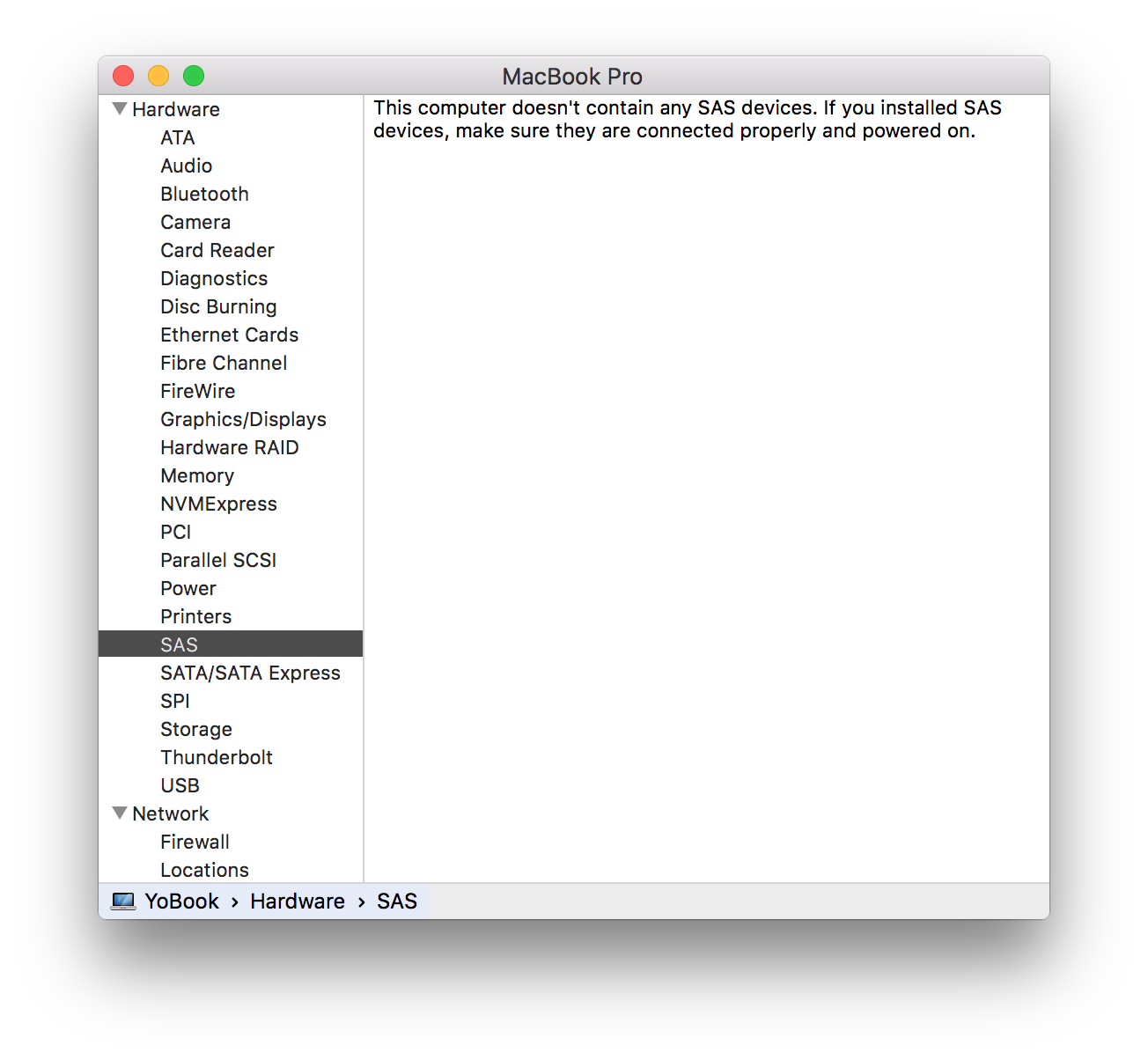How To Create A Library In Sas On Mac
A SAS data file is a type of SAS-formatted data set that stores data values and descriptor information in an external file. To create a SAS data file, you must define a SAS data library (an alias of a collection of one or more SAS data sets referenced and stored as a unit in SAS) using the LIBNAME statement.
A libref is a temporary name that you associate with the physical name of the SAS data library during each SAS job or session. Librefs that you specify remain in effect until the SAS session ends, unless you create them in the SAS New Library window and check the 'Enable at startup' box when you create the library. The New Library window is. How do I create my own SAS library? Open the Libraries section of the navigation pane in SAS Studio. In the Name box, enter the libref for the library. Library names are limited to eight characters, must begin with a letter or underscore, and can. In the Path box, enter the physical. SAS Studio simplifies accessing and working with SAS technologies. And because SAS Studio is foundational to the SAS Platform, you can build a skillset that you can use throughout your career. Its intuitive interface makes it a favorite among students and professionals alike because it's.

As an example, to create a SAS data file from a raw data file (for example, datafile.dat) on a Unix system, you would enter:
LIBNAME aliases the library reference (libref) misc to the physical space (directory) ~/work. Be aware that misc is a logical reference and therefore does not exist in a physical storage unit.

For more, see the UITSResearch TechnologiesGetting Started with SAS for Unix guide.
Not sure what you should do with your iPhoto and Aperture library when both apps get the axe next year? Here's what you need to know about migrating from Apple’s (almost) discontinued photo. Jan 17, 2020 Your Mac must be using macOS Catalina 10.15.1 or later. When an Aperture library is migrated to Lightroom, your library's organization, metadata, and image adjustments are preserved, with some exceptions. You can also export the contents of your Aperture library to back it up or to import into another app. Import or copy aperture library to new mac free.
Create A Permanent Sas Library
If you have questions about using statistical and mathematical software at Indiana University, contact the UITS Research Applications and Deep Learning team.